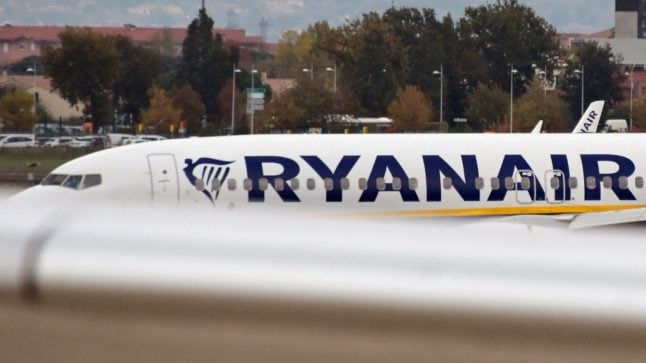Ryanair, which also owns popular Austrian carrier Lauda Europe, will raise its prices – but moderately – due to inflation, the company said.
Ryanair Austria head Andreas Gruber added that the days of flying almost for free are over: “There will be no more 10-euro tickets”, he told Austrian press.
The average price for a Ryanair flight will rise from €40 to €50 in the future. Still, the Irish airline expects the number of passengers to grow in the coming months as people start looking for cheaper transportation with the rising cost of living.
Just as with grocery shopping, with people increasingly buying at discount stores, so will travellers start paying more attention to the prices of tickets, Gruber expects. In Vienna, the number of passengers is expected to rise from six million this year to 6.5 million the following year.
READ ALSO: From inflation to Covid: What to expect from Austria’s winter season
Ryanair also starts operating from Klagenfurt in November when it expects an influx of 50,000 to 60,000 passengers. The company said that ticket bookings have been as high as expected, especially with people looking to fly to London-Stansted.
Gruber also sees Ryanair on the rise in competition with Austrian Airlines (AUA). “We offer more destinations on short and medium-haul routes than AUA from Vienna,” said the executive, adding that the market share in Vienna is currently 25 percent.
READ ALSO: EU delays passport scan system and €7 travel fee until 2023
New winter routes to and from Vienna
The airline recently announced eight new routes that would be included in the program of its flights scheduled to and from Vienna, as The Local reported.
The new routes are Bremen (Germany), Manchester (England), Copenhagen (Denmark), Helsinki (Finland), Genoa and Venice (Italy), Tuzla (Bosnia and Herzegovina) and Sibiu (Romania).
READ ALSO: Ryanair announces eight new routes from Vienna for winter 2022
Ryanair said it is investing €1.7 billion in its Vienna hub, which means that a total of 17 aircraft will be stationed in Austria’s capital. The airline will operate more than 600 flights a week to and from the capital and will create 600 jobs for the season.



 Please whitelist us to continue reading.
Please whitelist us to continue reading.
Member comments